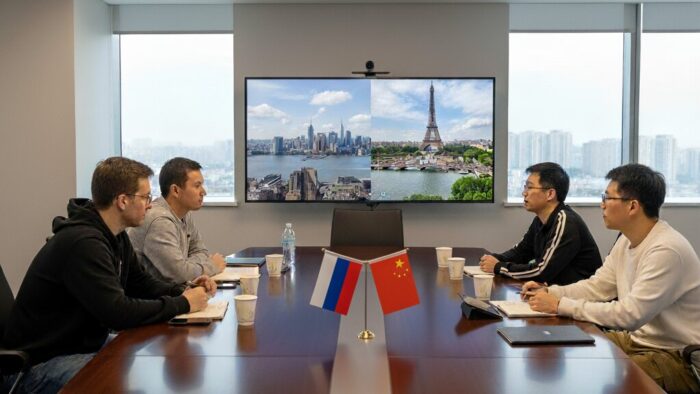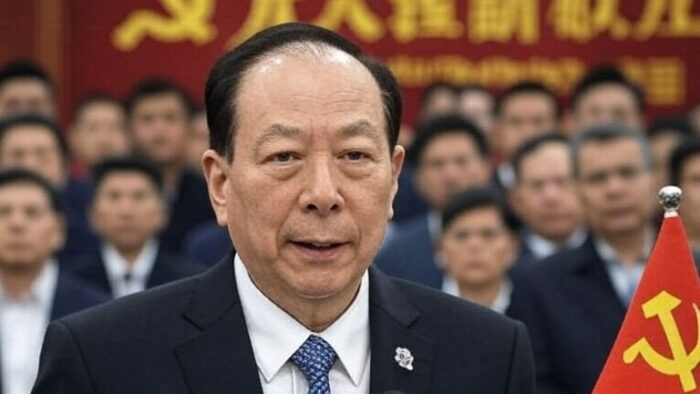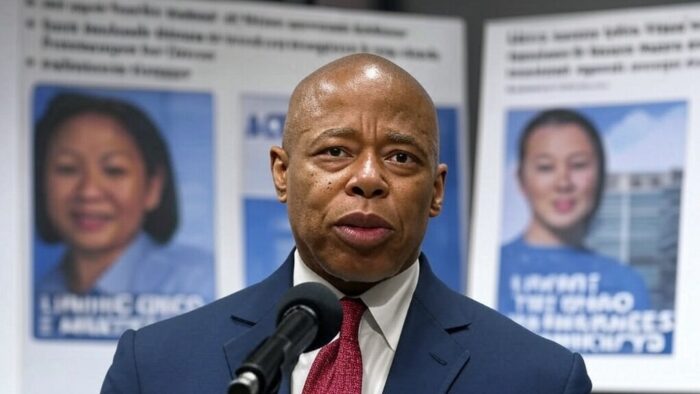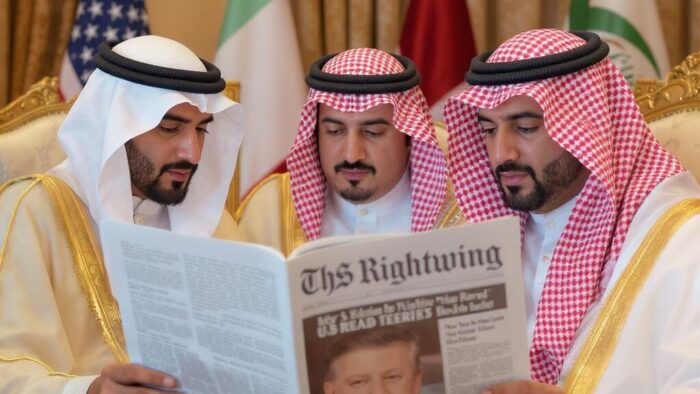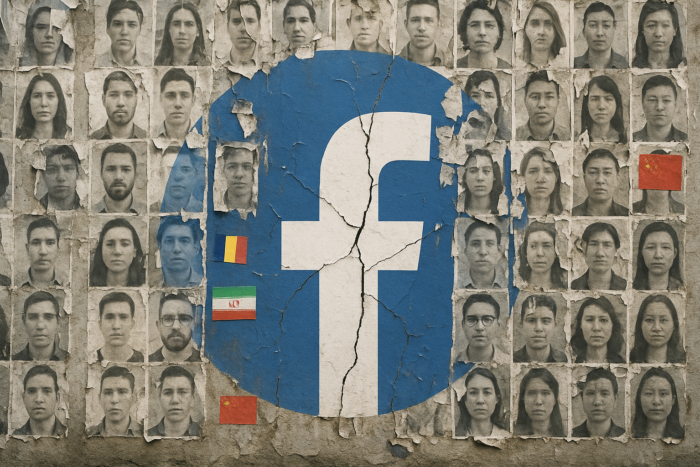Chinese-Russian disinformation cooperation has emerged as a critical component of Beijing’s support for Moscow’s war in Ukraine through coordinated information operations. On 11 November 2025, the Carnegie Endowment for International Peace reported that Russia and China are increasingly cooperating on disinformation operations, with Chinese campaigns such as Spamouflage being amplified by Russian media outlets and diplomatic channels that deploy synchronized narratives on Ukaine The article begins:
Both Europe and the United States are getting impatient with China over Ukraine. It is now clearer than ever that Beijing emboldens Russia to continue its war of aggression by providing Moscow with both military and economic assistance. And yet, Europe’s active punitive measures against China still lag far behind its critical words. European leaders need to recognize the true and extended nature of a partnership between Beijing and Moscow that fuses military, economic, technological, and informational tools to exhaust Ukraine militarily. In essence, Beijing evidently views the war in Ukraine as a way to tie down U.S. and European resources while keeping a China-friendly, anti-Western regime in the Kremlin in place.
Key Points
- Chinese disinformation campaigns such as Spamouflage are amplified by Russian media outlets and diplomatic channels, with both countries employing synchronized narratives accusing the West of being responsible for the war in Ukraine.
- Moscow and Beijing have begun deploying generative AI and fake news portals to manipulate the information environment and reinforce each other’s messages, often without formal coordination between the two governments.
- The China-Russia partnership fuses military, economic, technological, and informational tools to exhaust Ukraine militarily, with Beijing viewing the war as a way to tie down U.S. and European resources.
- China increasingly deploys ambitious espionage and cyber attacks against government networks and critical infrastructure across Europe, with these attacks appearing to overlap with or be actively coordinated with Russia’s espionage and influence operations.
Joint Russian Chinese Influence Operations: Global Disinformation Strategy
Moscow and Beijing have progressively aligned their information warfare capabilities to reshape global discourse and undermine democratic processes across multiple continents. Russia and China coordinate disinformation narratives on contested geopolitical issues, amplifying false claims simultaneously through state media and diplomatic channels. During the Ukraine conflict, Chinese diplomats and state media outlets repeated Russian conspiracy theories about alleged U.S. biological weapons labs—claims Beijing initially promoted more aggressively than Moscow itself. This coordinated approach extends beyond Ukraine, with both authoritarian powers pursuing synchronized election interference campaigns targeting democracies like Canada, where Chinese and Russian operatives deployed overlapping tactics including AI-generated content, inauthentic social media amplification, and targeting of diaspora communities.
The strategic partnership reflects a shared vision to reshape global internet governance away from Western-led frameworks. In a 2019 comprehensive strategic partnership agreement, Putin and Xi designated information control and internet sovereignty as central pillars of cooperation, establishing coordinated media platforms like the China-Russia Headlines app. Both powers have also identified emerging democracies as priority targets. In Georgia, Russian and Chinese influence operations combined military pressure with digital interference, establishing surveillance infrastructure and exploiting electoral vulnerabilities as China secured the Anaklia port contract while Moscow orchestrated political subversion. Similarly, Russian and Chinese actors exploit American political crises through coordinated bot networks and AI-generated disinformation, deliberately amplifying divisions during moments of social instability.
Artificial intelligence has dramatically accelerated these operations’ sophistication and scale. State-backed operatives have deployed AI-generated deepfakes, automated account creation systems, and voice-cloning technology to spread manipulated narratives across platforms. Microsoft researchers identified more than 200 instances in 2025 of Russian and Chinese state actors weaponizing AI for content creation—a tenfold increase since 2023—demonstrating the exponential growth of machine-assisted influence operations. This technological convergence has proven particularly effective in targeting populations vulnerable to coordinated messaging strategies, creating what security analysts describe as increasingly indistinguishable fake content that challenges both governmental and platform-based detection mechanisms.
External References:
- China-Russia Convergence in Foreign Information Manipulation — CEPA
- How Russia and China Learn From Each Other on Disinformation — Council on Foreign Relations
- US Cuts Disinformation Defenses As Russia, China Ramp Up — Dark Reading
Disclaimer: The Global Influence Operations Report (GIOR) utilizes AI throughout the posting process, including the generation of summaries for news items, introductions, key points, and, often, the “context” section. We recommend verifying all information before use. Additionally, all images are generated using AI and are intended solely for illustrative purposes. While they represent the events or individuals discussed, they should not be interpreted as real-world photography.
